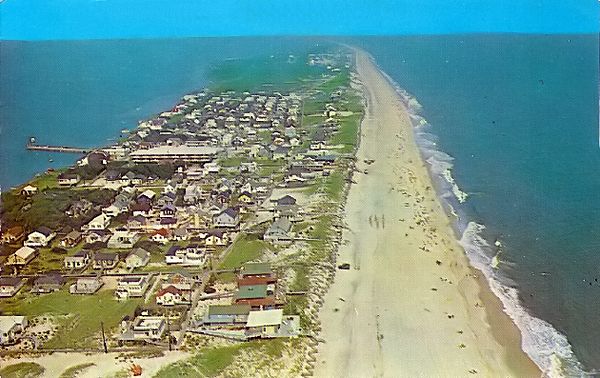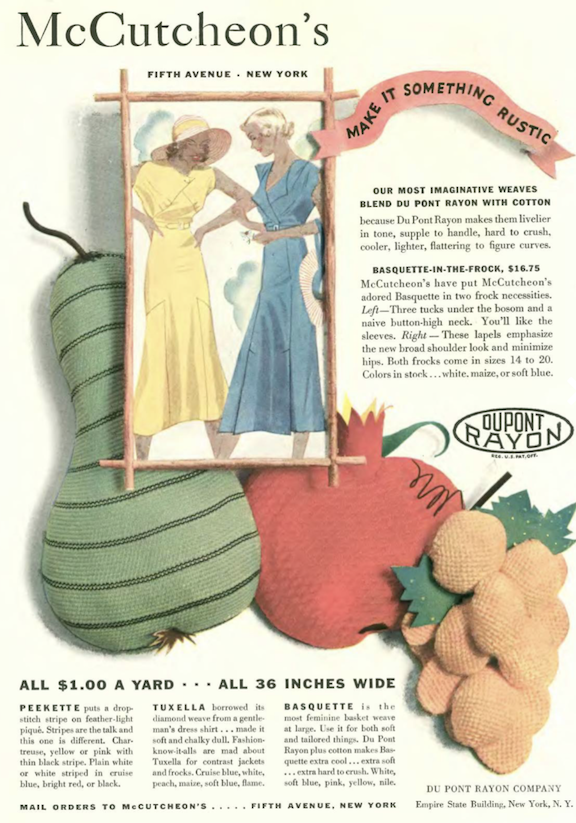One of the challenges of writing these posts is giving proper due to the many writers and artists who helped shape The New Yorker universe, and especially to those we’ve almost forgotten.

One writer who deserves our special attention is John Mosher, film critic for the New Yorker from 1928 to 1942 and a pioneer of The New Yorker short story. In her 2000 book Defining New Yorker Humor, Judith Yaross Lee notes how the “burlesque” prose of the early magazine was displaced by Mosher’s quieter humor, which lent support to Dorothy Parker’s ironic mode and E.B. White’s “travails of the Sufferer.” Mosher’s prose, writes Lee, “helped New Yorker humor combine broad comic conception and ironic realistic narration.”
In addition to regular film reviews and occasional profiles, Mosher penned nearly fifty short stories, or “casuals” as they were called. It was also Mosher who “discovered” writer John O’Hara when in 1929 he found one of O’Hara’s pieces in a “slush pile” of unsolicited submissions.
Without further ado, here is one of Mosher’s shorts, “Wake Up, You’re Forty” (Mosher turned forty in 1932) from the April 30 issue. It demonstrates Mosher’s ironic narrative style, skillfully deployed to describe a comically minor event:


On Sept. 3, 1942, Mosher died of heart failure in New York City at the young age of 50. He was remembered by his New Yorker colleagues in this eulogy found on page 72 of the Sept. 12, 1942 issue:
* * *
Going Up!
The “Talk of the Town” took a look at the innovative double-decker elevators being installed in the new Cities Service Building (now 70 Pine Street) in Lower Manhattan. Although the Cities Service building didn’t have the fame of the Empire State Building or the Chrysler Building, when completed the 952-foot Cities Service Building stood as the third tallest in the world.

* * *
Electric Patriotism
E.B. White kicked off his “Notes and Comment” with some observations about the newly-renovated Union Square and its electrified American flag:

* * *
From Our Advertisers
Lord & Taylor rolled out some new ads illustrated by Melisse, aka Mildred Oppenheim…
…apparently giddy about their new campaign, Lord & Taylor ran a second one-column ad in the back pages…
…apparently Melisse was a big draw in the 1930s, based on this Dec. 12, 1931 advertisement in the New York Sun (photo added by me, via strippersguide.blogspot.com)…
…travel companies continued their appeals to the well-heeled and included exotic destinations such as Zoppot…
…which today is known as Sopot, Poland…its Sofitel Grand Hotel (aka the Kasino Hotel) continues to serve as a spa resort…

…we move back to the States, where car companies continued to vie for scarce consumer dollars…Buick hired an artist to create this generic image of a successful-looking businessman, hoping to convince readers to invest in their automobile…
…the makers of LaSalle, a downscale version of Cadillac, wanted readers to imagine that owning their car would put them in the same company as the fashionably blasé patrician class…
…Hudson also made an appeal to class with this full-color ad designed to pique the Anglophilic tendencies of many readers…
…the makers of the luxurious Packard usually marketed to older monied folks who sought mechanical quality, refinement and reliability, so this ad was a bit of a surprise…
…and speaking of youth, with have an ad from Ciné-Kodak that begins on a lively note…
…but then includes this guilt-inducing bummer…
…Otto Soglow kept things lighter with his latest ad for Sanka…
…which brings us to the cartoons, and Soglow’s Little King…
…Robert Day gave us a cordial shoppe owner spying opportunity…
…James Thurber explored the spirit realm…
…Peter Arno found misunderstanding at the manor house…
…and Kemp Starrett found a real fixer-upper…
…William Steig let one of his “Small Fry” speak his mind…
…and we close with Alan Dunn, and the pressures of modern love…
Next Time: High Anxiety…
















































































